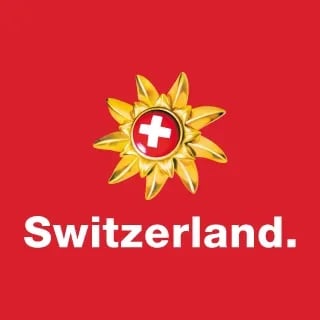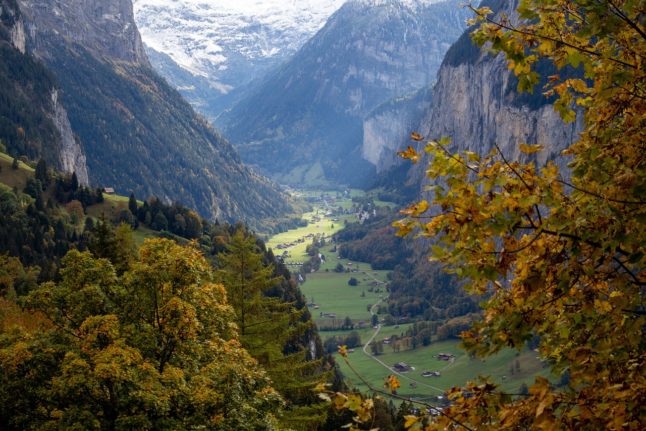For nearly three decades, Switzerland Tourism, which promotes the country’s charms abroad, depended on the Alpine flower to sell ‘Swissness’ to foreign tourists.
Coloured in gold, with a Swiss flag in the middle (perhaps so as to distinguish it from the edelweiss that also grows on Alpine meadows in Austria, France, and Germany), the flower had been part of the organisation’s official logo since 1995.

Crossing its t’s
Now, however, the tourism board is taking its logo to a whole new level — or at least that is how the organisation is referring to the new design it unveiled at a press conference in Geneva on Monday.
And what could be more Swiss, or more emblematic of Switzerland, than… the country’s flag (you may argue that the iconic Matterhorn would be a good choice as well, now that it is no longer featured on the Toblerone chocolate).
The new logo features the word ‘Switzerland’ (in English), with the letter ‘t’ replaced by the flag.
Say hi to the new us! 🥰#IneedSwitzerland pic.twitter.com/vz6V45Okdj
— Switzerland (@MySwitzerland_e) April 29, 2024
With this new image, the tourism board “is now spreading its new identity throughout the world,” Switzerland Tourism said.
Another Swiss icon: Roger
Whatever you may think of the new logo, and even if you don’t think about it at all, the fact remains that Switzerland Tourism has had some clever ideas up its sleeve to ‘sell’ the country to foreign visitors.
Over the past few years, it has teamed up with retired tennis champ Roger Federer (who, in turn, had teamed up with other high-profile individuals) to promote Switzerland worldwide.
This is one example:



 Please whitelist us to continue reading.
Please whitelist us to continue reading.
Member comments